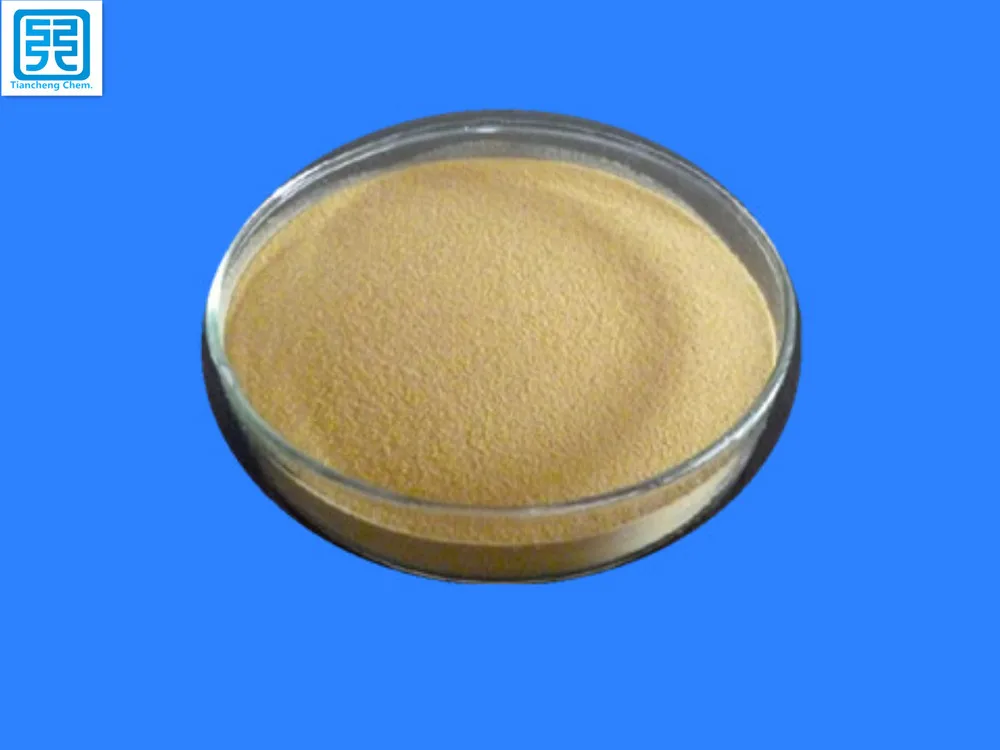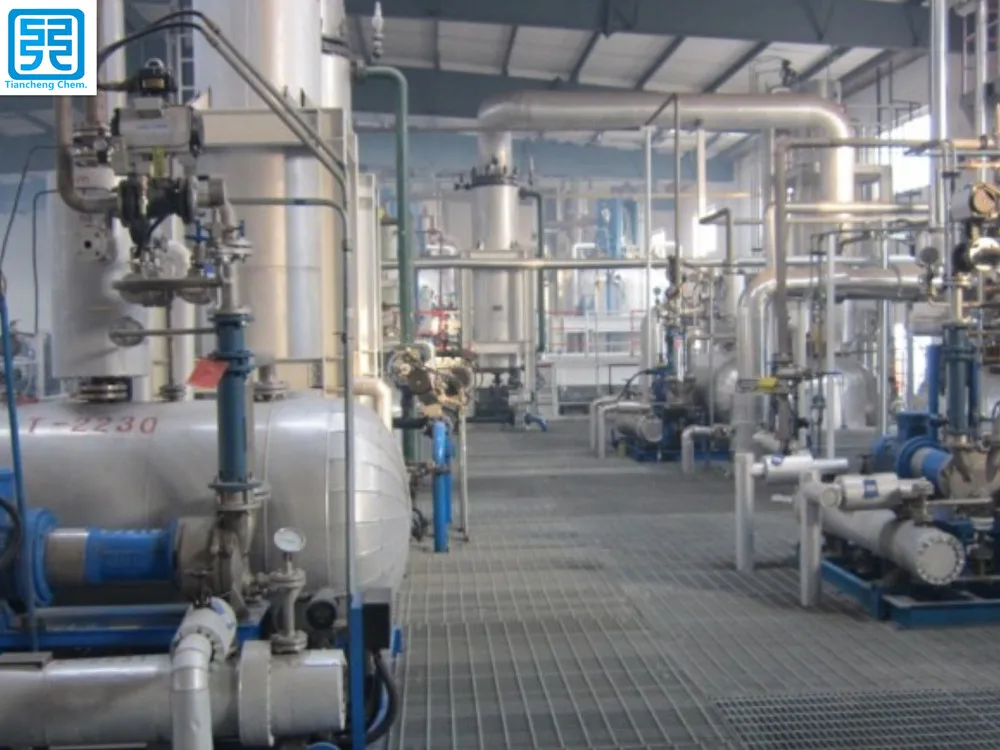During the fertilization period, fertilization is usually divided into two categories: compost and topdressing. The specific time depends on the variety, fertilizer requirements, and tree growth results. Under normal circumstances, it is advisable to fertilize 4 times a year: 1 before flowering or sprouting (in early April). 2 After flowering (in mid-May). The two fertilizers can effectively promote budding and flowering and prevent the denitrification due to flowering and consumption of large amounts of nutrients, increase the fruit setting rate, and promote the growth of new shoots. 3 flower bud differentiation and young fruit enlargement fertilizer (from late May to early June). The top dressing is to meet the needs of fruit enlargement, leaf growth and flower bud differentiation. The main fertilizer is potassium fertilizer. 4 The best time for the application of fertilizers is autumn (mid-September and mid-September). When manure is used as the main fertilizer, phosphorus is applied in the total amount for the whole year. In order to give full play to the fertilizer effect, the phosphate fertilizer must first be accumulated together with the organic fertilizer and then mixed and applied. Its role is to ensure the photosynthesis of fruit trees after harvest to the deciduous, increase the accumulation of nutrients, and lay a good foundation for the growth and development of fruit trees next year. On the basis of these four fertilizations, we must also consider cooperating with foliar spray fertilizer and melon and fruit composting. Before July, 0.3%~0.5% urea solution + fruit and fruit shuangling were sprayed. After July, 0.3%~0.5% potassium dihydrogen phosphate or fruit tree fertilizer + fruit and fruit shuangling was sprayed.
The roots of fertilized roots are the main organs for nutrient absorption in fruit trees. The absorption of fertilizer by fruit trees is mainly accomplished by the root hairs in the root system. Therefore, fertilization in the concentrated root system is one of the keys to improve fertilizer efficiency.
There is a certain correlation between the aboveground and underside of fruit trees. In general, the distribution of horizontal roots is about 1-2 times the diameter of the crown, but the vast majority is concentrated at the outer edge or slightly beyond the canopy projection. Its vertical distribution varies with tree species, soil quality, and management level. The roots of apples, pears, walnuts, chestnuts, grapes, etc. are generally distributed at a depth of 70-80 cm. However, more than 80% of the roots are concentrated in a soil layer of about 60 cm. The roots of peach, apricot, plum, and cherry are distributed. It is shallow and most of it is in about 40 cm of soil. Therefore, when fertilizing, fertilizers should be applied according to this characteristic. Roots with deeper distributions should be deepened appropriately, whereas shallow applications should be made. Organic fertilizers should be decomposed slowly and the fertilizer supply period should be longer. Deeper fertilization is recommended, and the mobility of chemical fertilizers is relatively large. For example, organic fertilizer is applied to deep-rooted fruit trees such as apples to a depth of 40-60 cm, while shallow rooted fruit trees such as peaches are 30-40 cm. At the same time, fertilization should be based on the projected edge of the crown and a little farther, so as to maximize the fertilizer effect.
The main points of foliar spraying are to look at the growth of fruit trees. If the fruit trees grow weak, the branches and leaves grow slowly, and the leaves tend to yellow or pale yellow, indicating that the fruit trees are oxygen-deficient and iron-deficient, spraying nitrogen fertilizer should be the main method, and some Citric Acid should be sprayed properly. Iron and phosphate fertilizers, potash fertilizer; if the leaves are green, branches are too long, nitrogen fertilizer is sufficient, should be mainly sprayed with phosphate fertilizer and potash fertilizer, spray some trace elements. 1. Pay attention to the spraying time in the early flowering period, flowering period, strong fruit period cloudy day or sunny afternoon after 5 pm. The interval is 10 to 15 days. 2. It should be noted that the carbonamine in fertilizer N fertilizer and the phosphate rock powder in P fertilizer are ineffective or harmful to the foliar spray and should not be sprayed. Suitable varieties are urea, superphosphate, potassium dihydrogen phosphate, potassium sulfate, ash and trace elements, elements in the borax, zinc sulfate, manganese sulfate, iron sulfate. Iron citrate and so on. 3. To distinguish between the primary and secondary foliar spray fertilizer is not the main mode of fertilization, but only in the case of insufficient fertilization of the soil used in a way of assisted fertilization. 4. It is necessary to pay attention to the concentration of spraying urea 0.3% ~ 0.5%, superphosphate 0.5% ~ 1.2%, potassium dihydrogen phosphate 0.2% ~ 0.4%, ternary compound fertilizer 0 The percentage of borax, zinc sulfate, ferric citrate, and magnesium sulfate in the trace elements is 0.08% to 0.15%. If the leaves are sprayed with fertilizer, they must pay attention to the site. The stomata on the back of the leaves are large and large, and fertilizers are easily absorbed. Therefore, spraying should be done from the top to the bottom of the leaves. Naturally, there will be fertilizer drops below the leaves.
1. Chemical Composition:sodium methylene bis-naphthalene sulfonate
Appearance: beige brown powder
Solubility: soluble in water of any hardness
PH value: in 1% water solution, PH = 7-9
Performance: good diffusion and protective colloid, and no penetration and foaming .
Ion: anionic.
Stability: resistance to acid, alkaline, hard water, salt.
Affinity: have an affinity for protein and polyamide fibers, for cotton, hemp and other fibers no affinity.
Miscibility: may mix with anionic and non-ionizing surfactant simultaneously.

2. Specifications indicators
|
Items |
Indicators |
|
|
Type |
First Grade |
Qualified |
|
Appearance |
Beige brown powder |
Beige brown powder |
|
Dispersancy (Standard substance) |
≥100% |
≥95% |
|
PH Value (1% water solution) |
7-9 |
7-9 |
|
Sodium sulfate content |
≤3% |
≤5% |
|
Fineness (residuals of 60 mesh/screen) |
≤5% |
≤5% |
|
Calcium and magnesium ions, Ppm≤ |
1000 |
4000 |
|
Impurities (non soluble in water) |
0.05% |
0.10% |

3. Application
Printing and dyeing industry: mainly used for dyeing vat dyes suspension, leuco acid staining, dispersion and soluble vat dyes dyeing. Also be used for silk / wool interwoven fabric dyeing, the yarn is no color. Mainly used for industrial dye dispersion and diffusion of color lakes manufacturing additives.
Building materials industry: as early strength cement water reducing agent, the amount of 0.5-1% by cement after the shock has good dispersion effect, increasing the strength of cement. Diffused N of concrete tensile strength, impermeability, frost and compressive modulus of elasticity are improved, no corrosion of steel effect.
Pesticide industry: It can be widely used in wettable pesticides, with good dispersion and solubilization, can significantly improve the efficacy, dosage according to product requirements. Example: buprofezin, the amount of 3-5 %; thiophanate amount of 0.8-1.5 %, 0.8-1 % Kai Ling vegetables.
Electroplating industry: the color is added, crossing pigment dispersants N allows uniform dispersion can significantly improve the plating surface brightness, and the amount is usually 10% of the pigment.
Rubber industry: rubber (latex) of industrial production process, the dispersed substances such as sulfur accelerator, antioxidant zinc oxide fillers ( such as barium sulfate , calcium carbonate ), etc., added to the dry weight of a dispersing agent N2-4% , 10% dispersant solution prepared in advance , and along with the other components in a ball mill grinding , can improve the dispersion effect and shorten the milling time .
Packing: 25kg bags.
Storage: two years and must be upload and download lightly.
Dispersant N,Dispersant,Dispersing Agent Nno,Dispersing Agent
Shandong Tiancheng Chemical Co., Ltd. , https://www.tianchengchemical.com